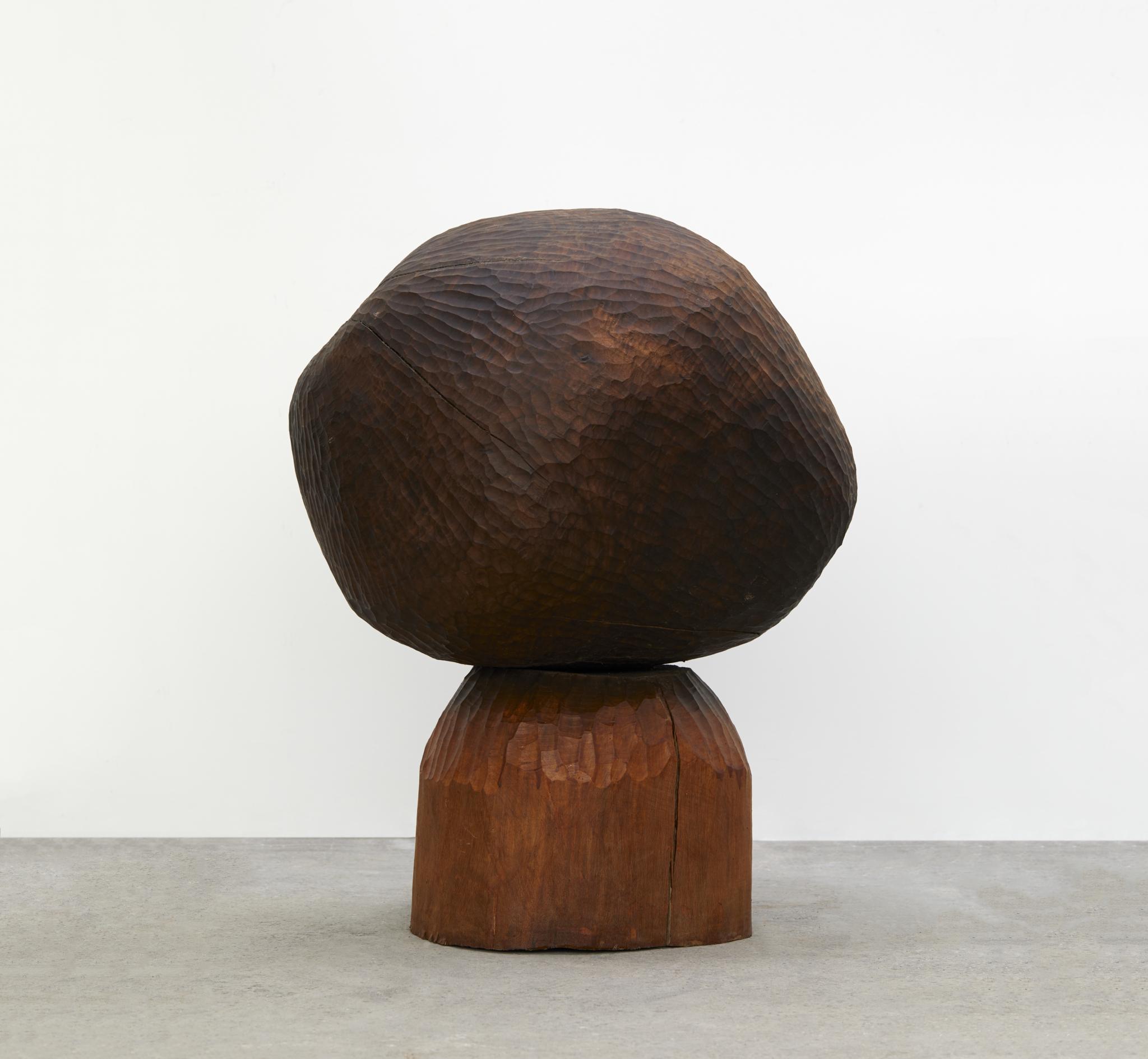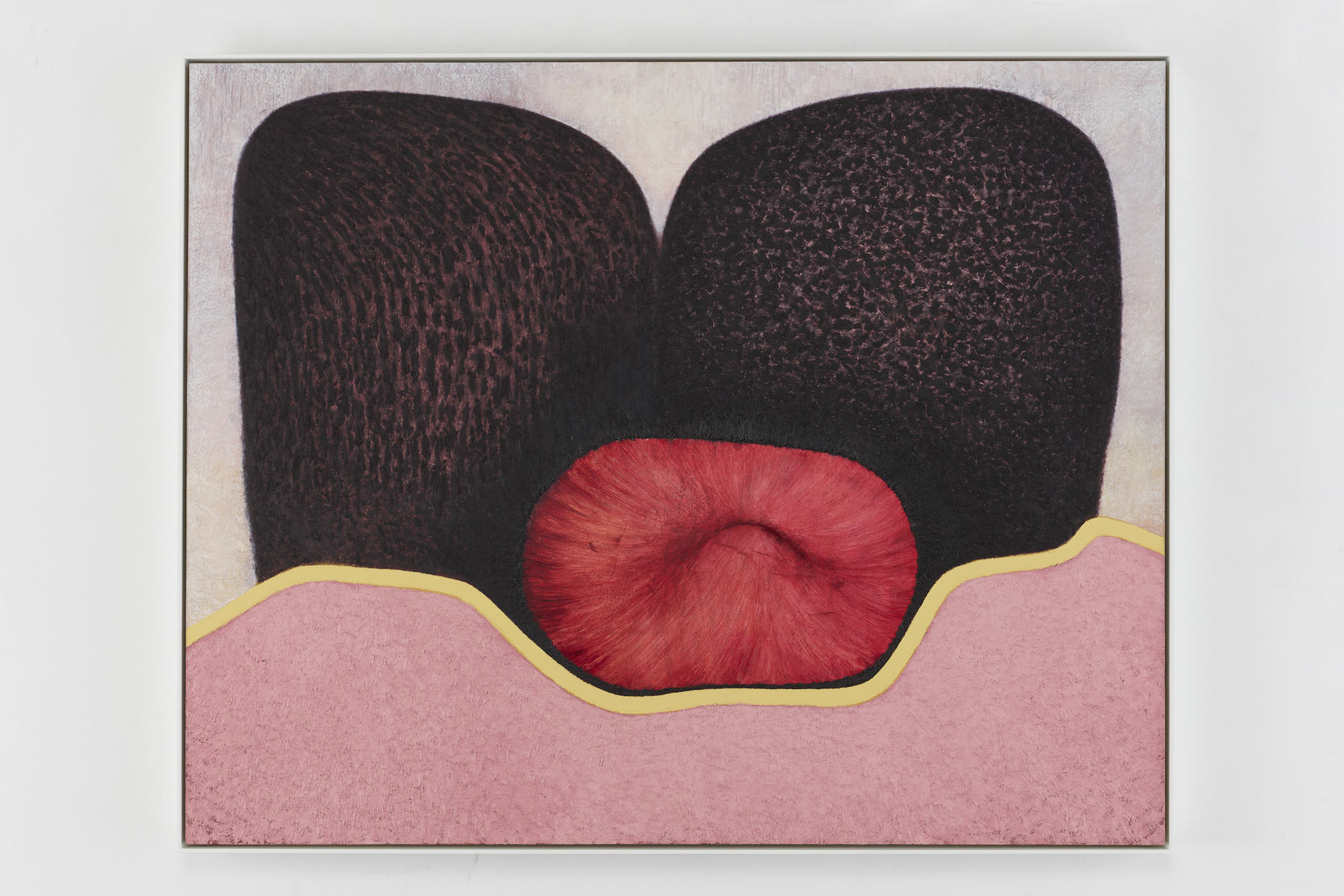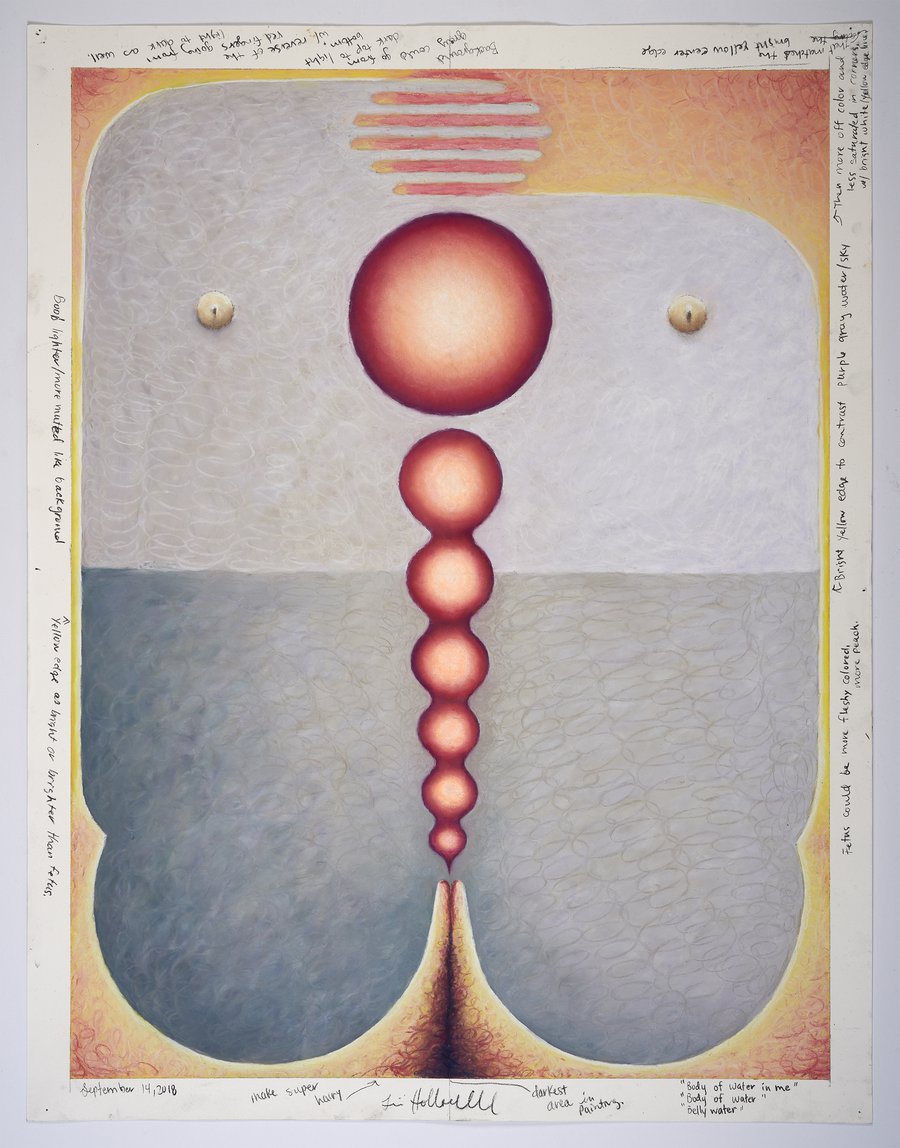Earlier this year Loie Hollowell, one of our favourite female painters, curated a group show at Grimm Gallery titled "Romancing the Surface". The exhibition brought together nine artists who explore through their work "esoteric ideas surrounding the body, the primal nature of materials and the complexity of form, light and colour". Contextually varied and executed through a myriad of practices, these artists explore the sensorial dynamics of materiality in relation to the physical nature of both painting and sculpture. For our latest line up of artists to watch, we shine a light on their work and practice. Remember their names because you are certain to hear them often in the near future:
Angela Heisch

Angela Heisch looks to nature in her paintings. Through investigating the natural world, Heisch hopes to replicate the balanced beauty of organic compositions in her own work via repetition and patterns. Heisch paints psychological spaces, or a subconscious reality through which the viewer can pass. With uncanny precision, the abstract paintings play with perfection and perceived perfection, revealing and concealing biomorphic symmetry.

Daniel Sinsel

Daniel Sinsel’s paintings explore shape, object-hood and the erotics of space. Sinsel manipulates the viewer’s sense of perspective and material by using tromp l’oeil techniques combined with assemblage. He redesigns decorative motifs into various forms with technical virtuosity while investigating virtual space until it becomes an emotional and semantic flow.

Louise Giovanelli

Louise Giovanelli’s delicate, luminous works explore the fidelity of images through a meticulous representational style influenced by early Renaissance painting. She has an unsentimental approach, more concerned with the immediate experience of seeing than projected meanings and associations. The subjects of her paintings are primarily chosen for their formal qualities and include film stills, vintage photographs and architectural elements and ornamentation, which are rendered in a precise and layered approach.

Thaddeus Mosley

Thaddeus Mosley is an autodidactic sculptor who makes large abstract works composed of multiple, carefully assembled pieces of salvaged wood. Mining local sawmills, building facilities and the city’s Forestry Division in the environment of his hometown Pittsburgh, Mosley gives new life to objects that already carry an urban history. Using only a mallet and chisel, he reworks the timber into biomorphic forms. These “sculptural improvisations,” as he calls them, take cues from the modernist traditions of jazz.

Camille Henrot

Camille Henrot's paintings underscore her ever-developing exploration of power dynamics on both personal and social levels. Despite the generous simplicity Henrot arrives there through deep research and reading. Events from life occasionally sneak into her works, however these are never meant to be autobiographical. Choosing instead what she describes as 'common material, about how the ego relates to totality’. The works interweave the external systems that influence the structure of our lives, with the unconscious internal works of dreams and fantasies.

Matthew Ronay

Matthew Ronay’s sculptures have a sensual aura and transmit ideas of processes happening in nature; penetrating, gestating, twining, and evolving. The works appear to be soft, yet are made of wood. With their vibrant colours, they cohabitate a world of peculiar abstraction: Dealing with sexuality, growth, death and decay, their organic forms oscillate between the primordial and futuristic.

Lui Shtini

Lui Shtini makes drawings and paintings which show a complex relationship between surface, material and medium. His work shows organic forms that are reminiscent of body parts that could also be landscapes, at the same time remaining abstract. These anthropomorphic shapes are rendered with sharp attention to detail, while using layers and unusual textures to create light, space and three-dimensionality.

Sascha Braunig

Sascha Braunig’s paintings originate from still lives she creates in her studio, although their appearance belies her process of painting from direct observation. Braunig uses clay modelling in combination with vivid hues to render plastic-like forms, while projecting a luscious surface tension that never lets the viewer rest at ease. Braunig investigates the restraining confines of the canvas through a haunting mixture of references to stage performance, portraiture, Surrealism, and luminescent abstraction.

Loie Hollowell

Loie Hollowell’s paintings radiate with energy stemming from an ongoing stream of consciousness. Taking the body as a starting point she creates a new visual, abstract, language that captures the overarching themes of the intimate relationship between the body, the self, sex, time, and space. The paintings are built-up as wall reliefs from which an internal logic and subject matter gradually unfold. Their curvaceous surfaces break down the formal barrier between painting and sculpture.


